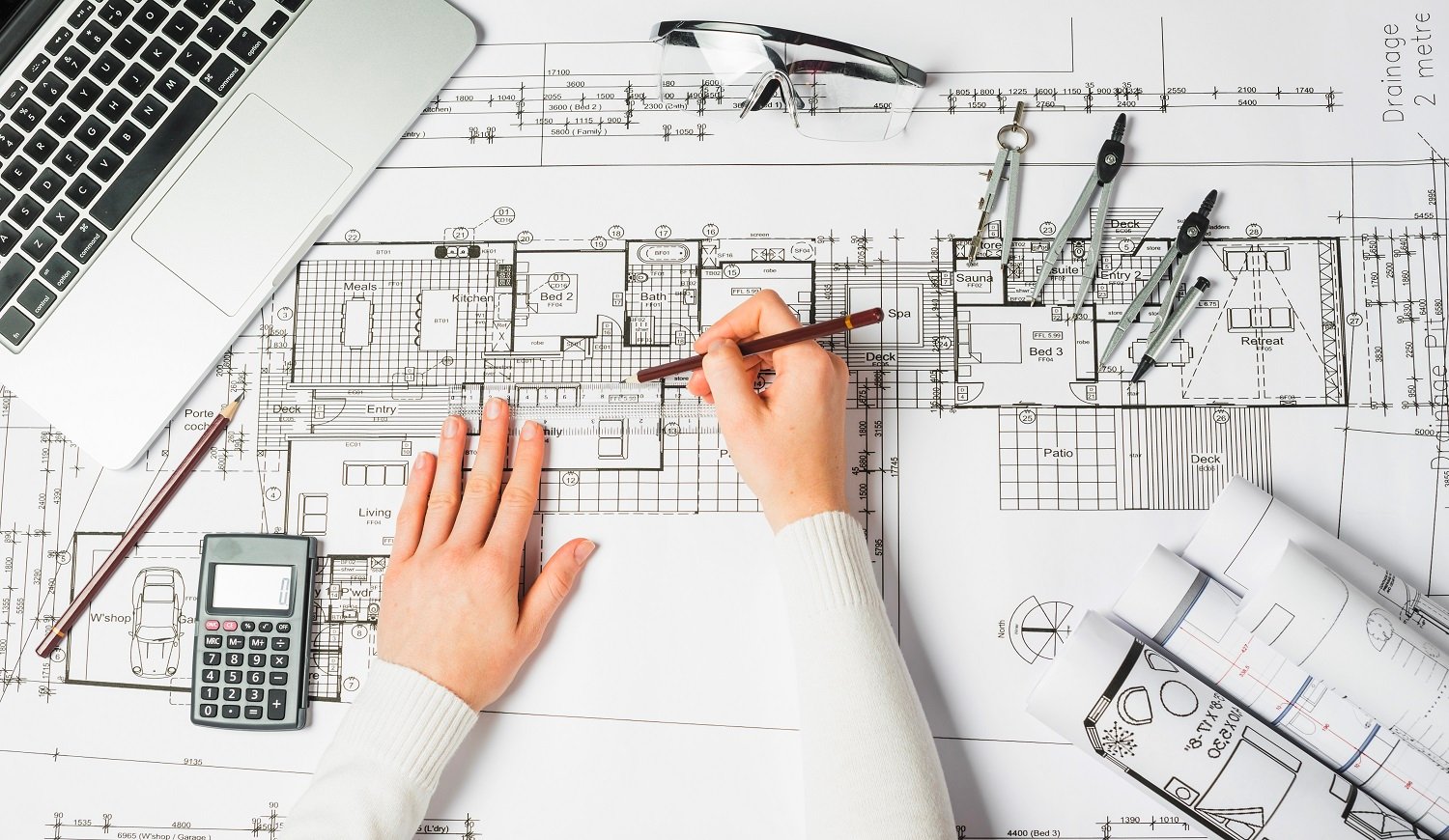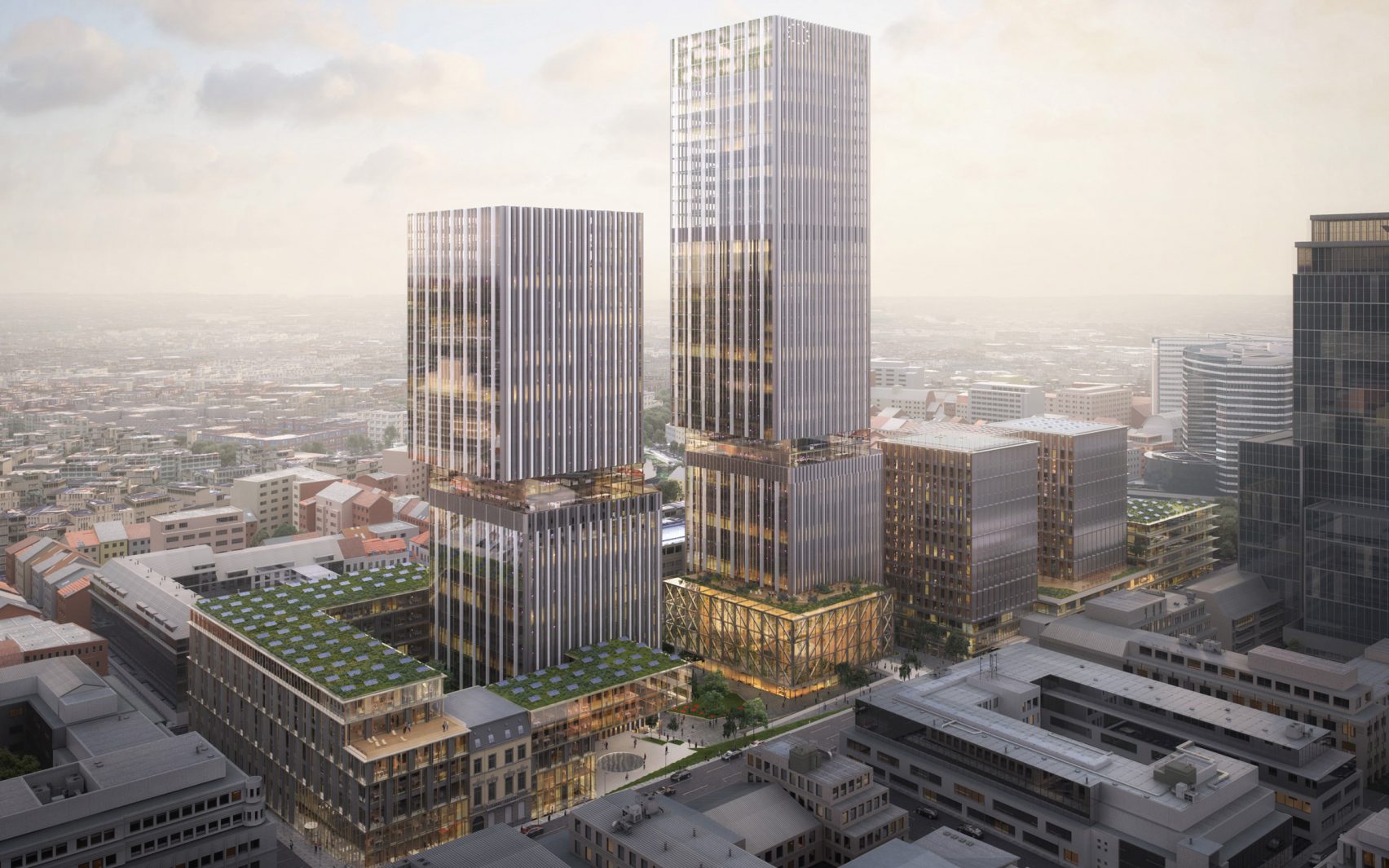Long hours are synonymous with an architecture job, so much so that it has become intrinsic to the office culture.
While most professionals have joined this industry in the hope of getting their dream design job, many have to toil for years till they reach that milestone. Therefore, it doesn’t come as a surprise that entry and mid-level job holders have to slog several hours to complete one project before moving on to the next.
Regardless, for something to turn into a norm, several factors combined have a role to play. There are no straightforward reasons why architects worldwide have to go through the same drill. However, we decided to dig a little deeper to look at the bigger picture.
Without further ado, let’s discuss.
Equating Architecture And Long Hours

Deadlines – An Endless Saga Of Timely Deliverables
Does hastily finishing lead to desirable results? Can all-nighters indeed lead to better designs?
These are the questions that’ll keep popping into your mind, but there’s no definite answer to them. Working till the last minute might give you a sense of satisfaction, but it does not always guarantee the best outcome.
More often than not, professionals feel that they couldn’t do better because they ran out of time. The idea behind this belief is that you have given your best shot till the very end; hence, you couldn’t possibly do more.
The flipside of this is mental and physical stress, which can spiral into bigger problems if you have to constantly rush to finish a project. Long story short, working more hours does not always translate into superior designs.
Waiting For Friday Since Monday
Would you prefer working at a stretch for 8 hours or take a 12-hour, break-inclusive shift? What works for you may not work for other professionals as it ultimately comes down to the type of assignment you’re engaged in.
Going against the norm, Sweden has been recently making a lot of waves by introducing 6-hour workdays.
CEO of Filimindus, Linus Feldt, opined, “I think the 8-hour work day is not as effective as one would think. To stay focused on a specific work task for 8 hours is a huge challenge. In order to cope, we mix in things and pause to make the work day more endurable.”
He further added that employees are instructed to avoid social media and other interruptions during work to make up for the cutbacks in working hours. Also, meetings are kept brief, so people can do the same amount of work without losing out on time.
The main idea behind this practice is to ensure higher productivity, a healthy work environment, employee satisfaction, and improved work-life balance.
Office Culture
Many professionals working in top architecture and design firms boast about their long hours and assignments that run till late in the night. Very soon, it turns into a discussion about who slogs more and hence, how they’re better than others.
While this is deeply rooted in the prevalent office culture, in no way is it healthy or worth encouraging. However, you must understand that we’re not talking about the occasional extended shifts. Instead, it’s the regular 60-hour weeks, which are rather worrying.
Technically, when you invest more hours, you can get more work done. But when you force yourself to work beyond the standard 8-hour shift, the quality of work can significantly decline. When you’re mentally drained, the whole creative process slows down and becomes more stressful.
This could lead to a vicious cycle. You’re tired and stressed, so you can’t reach your targets. Now you gotta work more because you have to finish the project. Squeezing in more work in less time further drains you out. And you’re back to square one.

‘Architecture Is An Art’
We may not paint on a canvas, but that doesn’t make designing any less of an art. There’s no denying that architects have a tough job to execute, which involves complex processes across multiple stages. Therefore, just like with any artist, architects need that creative space to design and experiment.
However, since we’re all in a rat race to increase our client base, the creative process is heavily regulated and time-bound. The following are some key takeaways from a survey conducted by Salary.com.
- 69% of the architecture professionals surveyed said that they waste a considerable amount of time at work almost every day
- Around 34% of the same population said that they regularly idle away 30 minutes or less during work hours
- Nearly 24% mentioned that they spend 30-60 minutes daily doing nothing productive
- 11% of the surveyed professionals claimed that they spend several hours every day on things not related to work
Needless to say, the recent trend for the past few years has been long hours for salaried employees. However, it’d be naive to assume that an increased workload has manifested this practice.
Apps Taking Over Work?
Senior management in many firms claims that the intervention of apps, social media, and other online entertainment are partly to blame for such extended hours. This was not the case back in the day when drawing boards dominated the workspace.
All in all, it’s pretty obvious why the generation of ‘millennials’ is heavily criticized for their lack of consistent focus. But it also sets unhealthy precedence, as more and more professionals fail to draw the line between their work and personal lives.
This whole scenario was extensively discussed in a recent article, and after reading it, here are some thoughts we want to share.
The article says that professionals of the present generation consider work to be a projection of their lives. Hence, it’s likely that they will build meaningful relationships with their coworkers as they are essentially part of the work-family.
This especially holds true for professionals who live away from home and value a good company, regardless of who they are.
The article goes on to say that the working hours, mainly for white-collar employees, have increased drastically. While more in-depth research is needed to concur on the actual reasons behind this trend, many professionals feel that it’s more about staying focused than increasing workload.

Why Do Architects Have To Slog For Several Hours?
Now there’s no right or wrong answer to this, but we can only make a logical guess.
If you have had architecture school experience, you already know the sort of environment it had. The experience was mostly collaborative, where you would learn, discuss, and brainstorm with your peers.
While it was sure a fun ride, there was no pressure to reach targets and fulfill deadlines, apart from submitting assignments. We feel that the same culture has transpired to the professional realm, and hence, we end up spending more hours than required.
People usually brush it off by saying that there’s not enough time to attend to everything on a typical workday. Nevertheless, we feel that a genuine lack of planning, coupled with misdirected efforts, is the culprit.
Natural Talent For Designing – The Key To More Productivity?
Now, this is a sensitive topic among us designers as ‘talent’ is truly subjective and cannot be quantified. Some individuals indeed have a natural flair for architecture and design, but one can also develop these skills over time.
For some, it takes more effort than others, but consistent practice can and will lead to perfection.
That said, we don’t believe that excellent architects are born. Years and years of training, skill development, and hands-on practice lead you to success. Obviously, you won’t turn into an expert overnight; you need to learn the basics and engage in the creative process a little every day.
Here, the experience is the key, and as such, long hours are a part of life for budding architects. More often than not, they look for avenues to prove their talent while converting design problems into opportunities. Therefore, long hours are not all bad if it pays off in the long run, and you learn more about your job than your peers.
Feeling The Burn Yet?
Most professionals in the architecture industry frequently suffer from burnout, and as such, lack of proper planning and client management is to be blamed. When you’re working with a team, it’s essential for everyone to work at the same pace towards the same goal.
Producing designs and building them is no child’s play, and sometimes it may take you all day and all night to reach perfection. Regardless, you shouldn’t make a habit out of it. Working overtime should not be a part of your regular routine as that further perpetuates the culture of poor management.
Besides, a lack of rest and rejuvenation can negatively impact your creative talent. Ultimately, you should enjoy the designing process, and for that, you need enough mental space to think and brainstorm.
How To Manage Time Better
When you have to work for long hours regularly, it can take a toll on your physical and mental health. Therefore, we have shared a few tips to help you manage your hours so you can get some time for yourself at the end of the day.
-
Start Early
This may seem like the opposite of what you’re trying to do, but many professionals in the field swear by this practice. Basically, when you reach the office earlier than the others, you can get more work without any distractions.
You can begin your day with a calm demeanor and focus better. Naturally, when you tune out the noise, you can work more efficiently. Talk to your manager, tell them that you want to start early, work the same amount, and leave early.
-
Put Your Smartphone Out Of Sight
Now we cannot stress this enough – smartphones can be very distracting while working. Make a habit of keeping your smartphone away. You don’t need to check your notifications every minute of the day.
Check your phone only during breaks, and we’re sure that you’ll be able to concentrate more. Besides, scrolling through social media can get really addictive, so you should put it on pause when you want to be more productive.
-
Turn Off All Pop-ups
Email pop-ups and other notifications on your computer screen can disrupt the workflow. You don’t want irrelevant information on your screen when you’re trying to focus on designs. Turn off all pop-ups and keep your PC free from all interruptions.
-
Make A To-Do List
This takes a little more discipline and dedication, but the results will pay off. Start your day by creating a to-do list and check off each task as and when they get done. This will help you become more organized and increase your overall productivity.
Sometimes, when you have too much on your plate, things can slip out of your mind. Therefore, it’s best to write it all down so you don’t miss out on important deadlines and other time-bound assignments.

Final Words
Changing office hours may not be the easiest route for most professionals, but you could always try to deliver more and better in less time.
What we essentially mean by this is that you should solely focus on work during office hours and keep all distractions at bay. Given how social media has taken over our lives, it’s easier said than done. However, when you train your mind to have a more disciplined approach to work, we’re sure you’ll reach there eventually.
The idea is to work smarter and not harder. After all, your employers care more about tangible results than how many hours you spend slogging at work. On that note, we hope you reach a sense of fulfillment with your job, and are able to put in the best effort at all times.
Till next time!
Related Articles
Is Being An Architect Worth It?
What Is The Purpose Of An Architecture Portfolio?
19 Best Urbanism, Design, and Architecture Podcasts to Follow
Techniques & Good Studying Habits of Architecture Students
What Skills Are Required to be an Architect?
How Working From Home Is Helping Architects Save Money
Are Architecture Internships the Most Important Jobs Of Your Career?
How Can Architects Promote Themselves?
Learn How To Become An Architect
How to Ace a Skype [Web] Architecture Job Interview Right Now
Learn How To Ace Your Architecture Phone Interview
25+ Things to Consider Before Accepting Your [Architecture] Dream Job
What Are Zaha Hadid Architects, Snøhetta, Perkins+Will, BDP & Callison Looking for
Architecture or Achiterror | 13 Challenges Every Architect Faces Today


